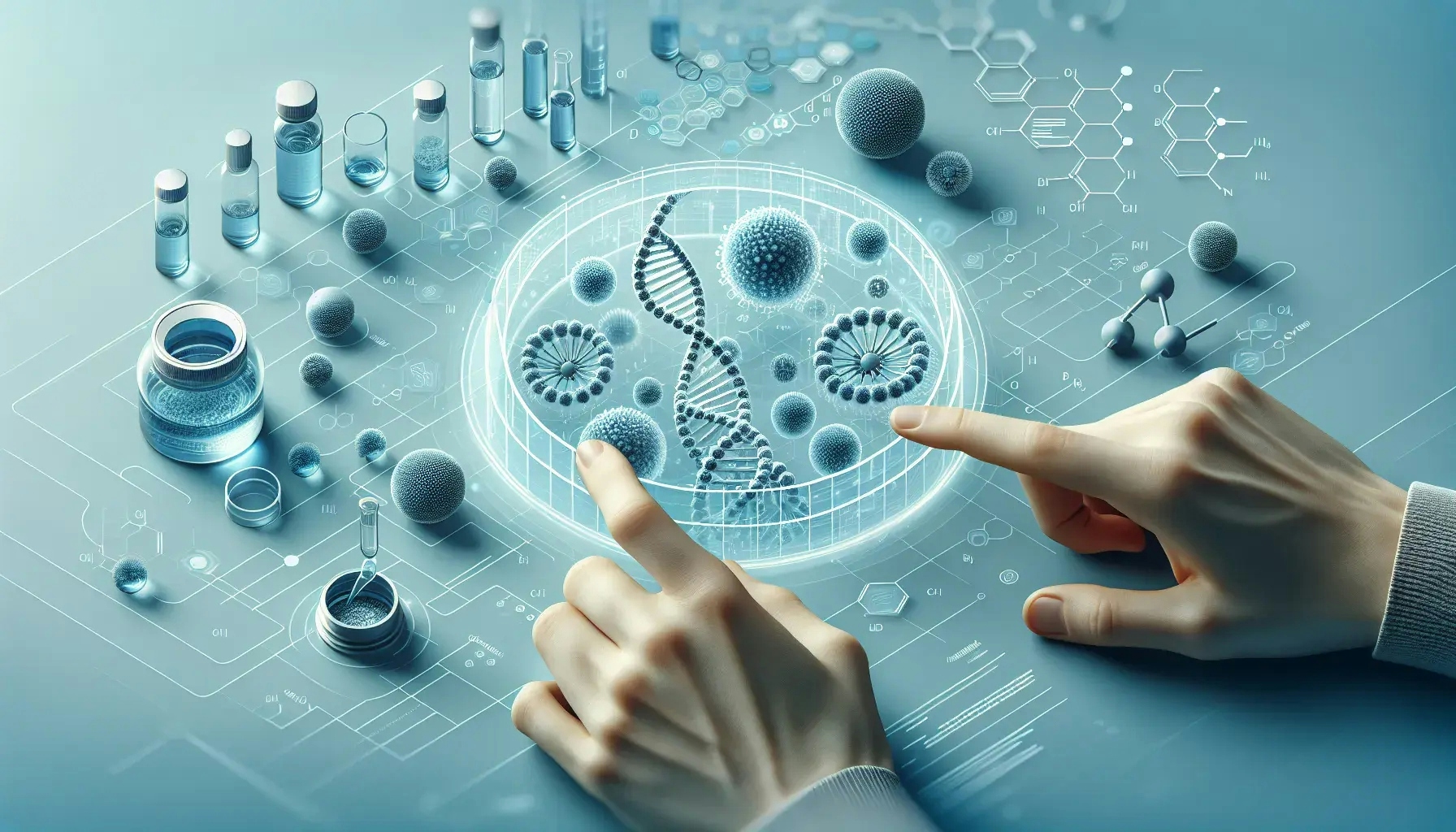Welcome to a deep dive into the world of biologics. This blog post aims to demystify what biologics are and how they are made. Biologics, a revolutionary class of medicines, have transformed the treatment landscape for various diseases. They are complex, large molecule drugs derived from living organisms. Let's embark on this journey to understand their nature, manufacturing process, and their impact on modern medicine.
Understanding Biologics: A New Era of Medicine
Biologics represent a new era in medicine. Unlike traditional small molecule drugs, which are chemically synthesized, biologics are large, complex molecules produced by living cells. They include a wide range of products such as vaccines, blood components, allergenics, somatic cells, gene therapy, tissues, and recombinant therapeutic proteins.
Biologics can be composed of sugars, proteins, or nucleic acids, or complex combinations of these substances. They can also be living entities such as cells and tissues. These products are isolated from natural sources—human, animal, or microorganism.
The advent of biologics has revolutionized the treatment of many serious and chronic illnesses. They offer targeted therapy for diseases like rheumatoid arthritis, cancer, and diabetes, to name a few. Biologics have the potential to treat conditions that have no other therapeutic options, making them a beacon of hope in the medical field.
The Intricate Process of Biologics Manufacturing
The manufacturing process of biologics is a complex and intricate one. It involves several stages, each requiring stringent quality control measures. The process begins with the design and development of the biological entity that will become the active substance of the drug. This is usually done through genetic engineering, where scientists modify a gene to produce the desired protein.
Once the active substance is developed, it is then cultured in a bioreactor. This is a vessel in which the biological entity (such as bacteria or yeast) is allowed to grow and multiply. During this growth phase, the cells produce the desired protein, which is then harvested.
After harvesting, the protein undergoes purification to remove any unwanted substances. This is a critical step as any impurities could affect the safety and efficacy of the final product. The purified protein is then formulated into the final product, which could be a solution for injection or a lyophilized powder for reconstitution.
Quality Control in Biologics Manufacturing
Quality control plays a pivotal role in the manufacturing of biologics. Due to their complex nature and the use of living organisms in their production, biologics are subject to a variety of risks. These include contamination, variations in the manufacturing process, and changes in the characteristics of the living organisms used.
To mitigate these risks, stringent quality control measures are implemented at every stage of the manufacturing process. These include testing the raw materials, monitoring the production process, and testing the final product.
In addition, the manufacturing facilities are designed to maintain a sterile environment to prevent contamination. The personnel involved in the manufacturing process are also trained to adhere to strict hygiene and safety protocols.
Regulatory Oversight of Biologics
Regulatory oversight is another crucial aspect of biologics. Given their complexity and the risks involved in their production, biologics are subject to rigorous regulatory scrutiny.
In the United States, the Food and Drug Administration (FDA) is responsible for the regulation of biologics. The FDA ensures that biologics are safe and effective for their intended use. It also oversees the manufacturing process to ensure that it meets the required quality standards.
The approval process for biologics involves a thorough review of the preclinical and clinical data, as well as an inspection of the manufacturing facility. Only after the FDA is satisfied with the safety, efficacy, and quality of the biologic, is it approved for marketing.
The Impact of Biologics on Modern Medicine
The impact of biologics on modern medicine is profound. They have revolutionized the treatment of many diseases, offering hope to patients who had previously run out of options.
Biologics have been particularly successful in the treatment of autoimmune diseases, such as rheumatoid arthritis and psoriasis. They work by targeting specific components of the immune system, thereby reducing inflammation and slowing disease progression.
In oncology, biologics have opened up new avenues for cancer treatment. They can target cancer cells more precisely and with fewer side effects than traditional chemotherapy.
Despite their high cost, the benefits of biologics in terms of improved patient outcomes and quality of life are undeniable. As our understanding of biology and genetics continues to grow, so too will the potential of biologics in transforming healthcare.
The Future of Biologics
The future of biologics looks promising. With advancements in biotechnology and a better understanding of disease mechanisms, the potential for new and improved biologics is immense.
One area of interest is the development of biosimilars, which are similar but not identical versions of approved biologics. Biosimilars have the potential to increase access to these life-saving drugs by offering a more affordable alternative.
Another exciting development is the use of biologics in personalized medicine. By tailoring treatment to an individual's genetic makeup, it is hoped that biologics can provide more effective and less toxic treatment options.
Wrapping Up: The World of Biologics
Biologics have truly reshaped the landscape of modern medicine. Their unique nature and the complex process involved in their manufacturing make them a fascinating subject. Despite the challenges, the potential of biologics in treating a range of diseases is enormous. As we continue to unravel the mysteries of biology and genetics, the future of biologics looks brighter than ever.

